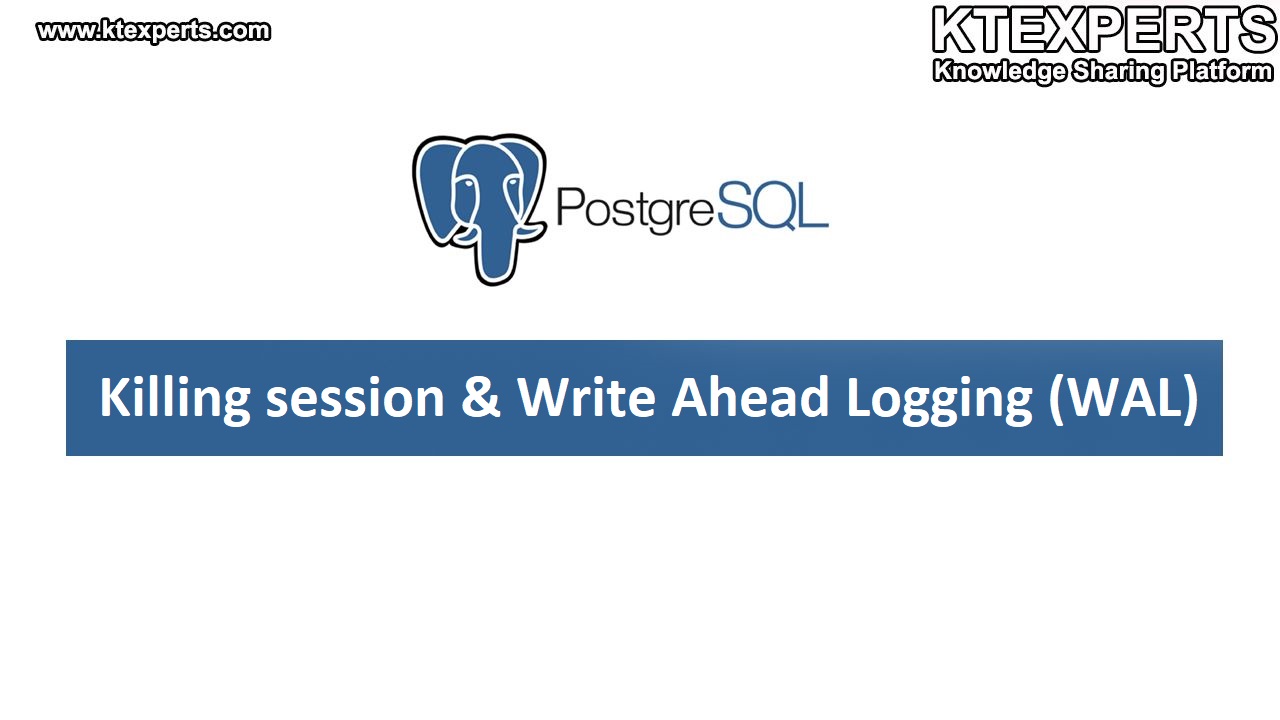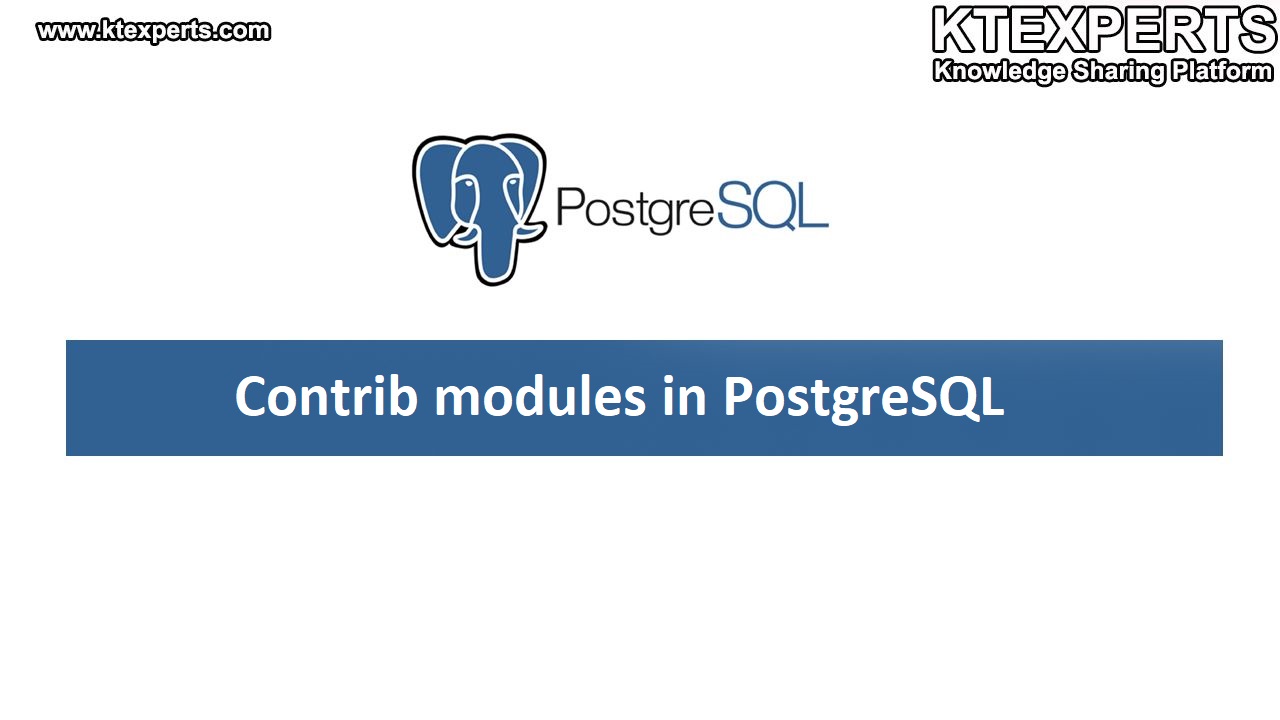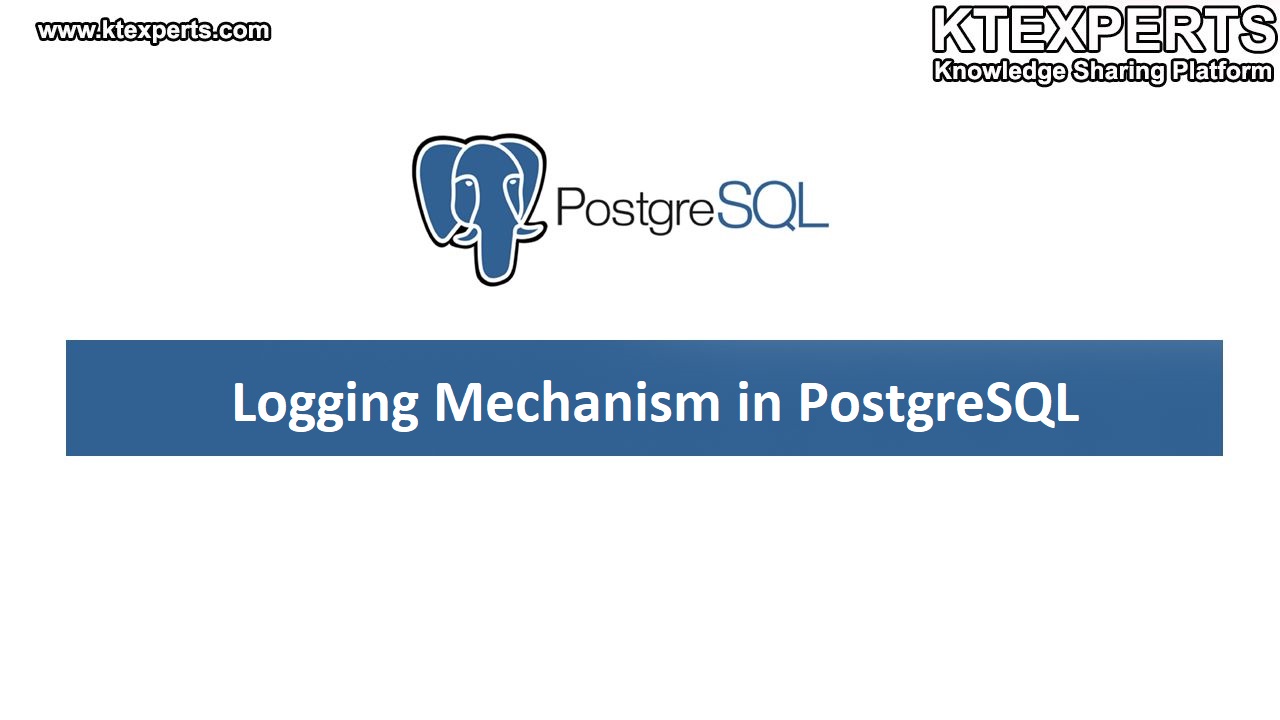Dear Readers,
In this article, we will see the Level of work.
L1 Level Jobs
- Installation Postgres software as per standard document.
- Space monitoring for Table space, File system on Postgres db system etc.
- Logs monitoring for Backup, Index rebuilding and other maintenance jobs.
- Checking Postgres Sql log for any postgres error.
- Monitor Resource utilization like CPU, Memory, I/O etc.
- Database Startup & Shutdown.
- Monitor OS file system & Process.
- Basic SQL Commands for indexes size, table size etc.
- Partition adding, deletion & document preparation.
- Installation of Postgres client & configuration of pg_hba.conf.
- Pgadmin installation and configuration.
- Cron job configuration and monitoring.
- Database audit as per standard document.
- Schema objects management related skills.
- Housekeeping jobs like indexing and purging.
- Basics skills on backup and recovery using pg_dump, pg_dumpall.
- Good understanding and hands on experience on OS related commands.
L2 Level Jobs
- Postgres replication setup and configuration.
- Evaluate Postgres features and Postgres related products.
- Establish and maintain PITR and online physical backup and recovery policies and procedures.
- Take care of the Database design and implementation.
- Implement and maintain database security (create and maintain users and roles, assign privileges).
- Database performance monitoring.
- Postgres with OS cluster configuration and test cases.
- Preparation of MOP and RCA for L2 activity and issue.
- Good understanding on explain plan of culprit quires.
L3 Level Jobs
- Disaster Recovery setup and DR drill
- Configure Streaming Replication with SYNC and ASYNC
- EFM (Enterprisedb failover Manager)
- Switchover & Failover using EFM
- Strong knowledge in database performance analysis and tuning w.r.t application.
- Solution and designing concept of Database and Storage
- Strong knowledge in High Availability configuration on databases.
- Good understanding of data segmentation and data retention rules based on the application logic.
- Major version database upgrade.
- Security vulnerability issues and its fixes as per community edition released by postgresql.org or EDB
- Implementation of Connection Pooling using pgpool & pgbouncer
- Benchmarking test using pgbench before live database
- Database Migration.
- PEM Implementation & Configuration
- Capacity planning
Thank you for giving your valuable time to read the above information.
Follow us on
Website : www.ktexperts.com
Facebook Page : KTExperts Facebook
Linkedin Page : KT EXPERTS Linkedin
Note: Please test scripts in Non Prod before trying in Production.




